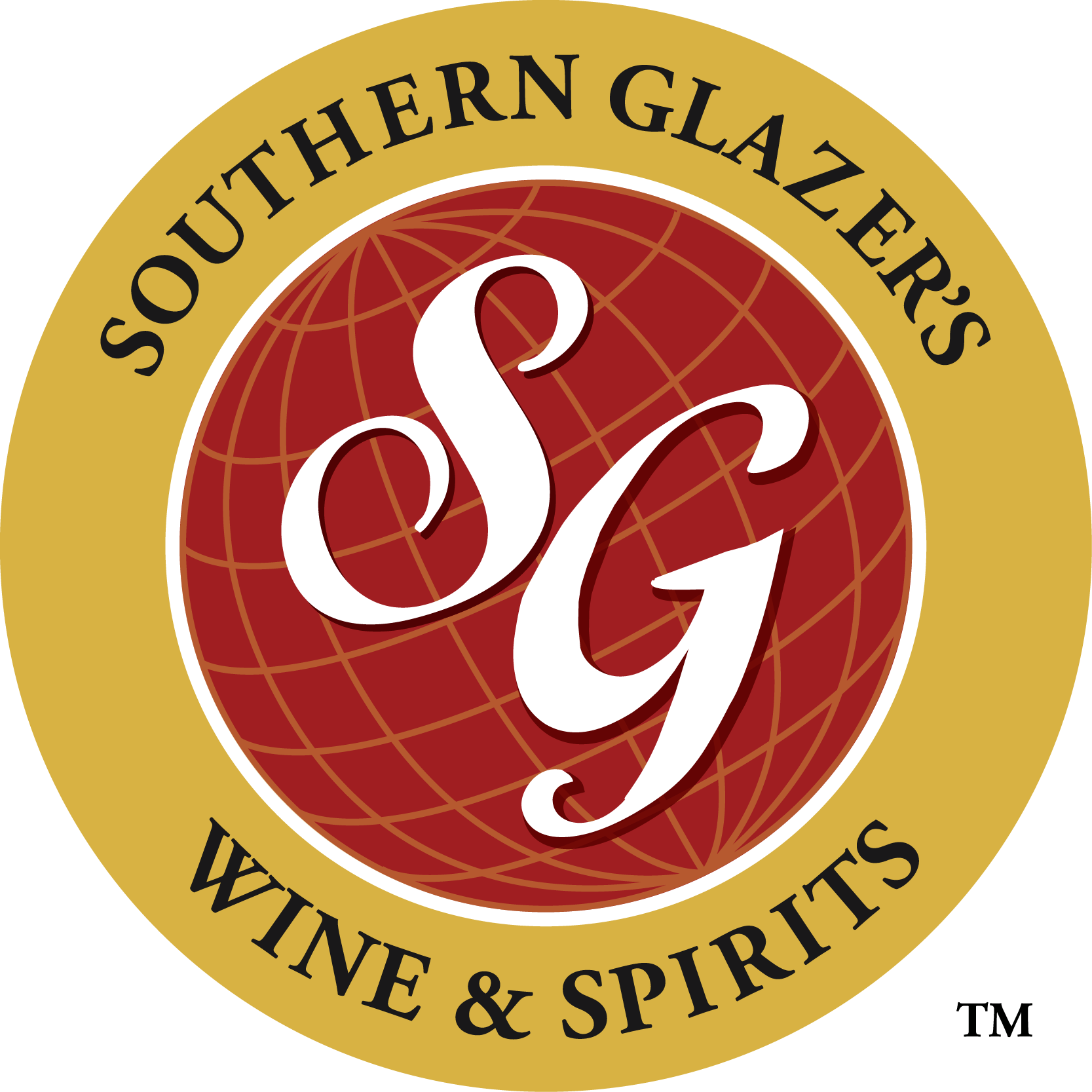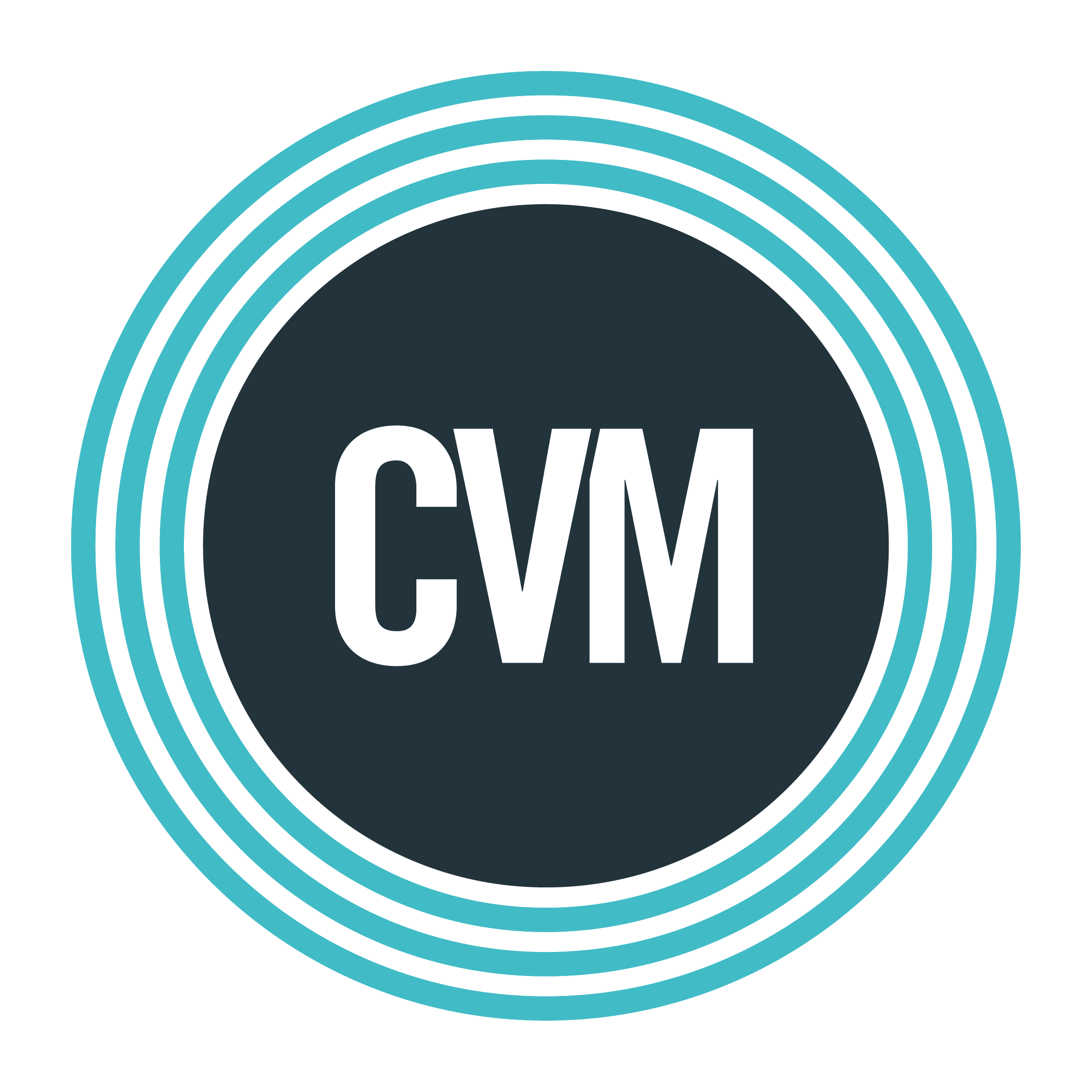Title Page
-
Site conducted
-
Conducted on
-
Prepared by
-
Location
Facility Safety/Environmental Inspection
-
Lead Inspector
-
Date
-
Facility
Industrial Powered Trucks
-
Are pretrip inspections completed prior to each shift?
-
Is equipment powered off when unattended or not in operator's line of sight?
-
Are seatbelts being used on sitdown forklifts?
-
Are fall protection harnesses, inspected, worn correctly and used? (Hook Up When You Step Up)
-
self retracting lanyards being used?
-
Are speed and horn rules being followed at intersections?
-
Are pedestrian & forklift traffic areas clearly marked?
-
Are LP compressed gas cylinders stored in a secured cage and empty cylinders marked empty?
-
If site has a propane filling station, is the required PPE available and in good condition?
-
Is the area where LP compressed gas cylinders stored marked with "No Smoking" signage?
Exits, Means of Egress
-
Can all exit doors be opened, in the direction of travel, without the use of a key or any special knowledge when the facility is occupied?
-
Are all exits kept free of obstructions?
-
Are exit doors free of decorations or advertising that obscures visibility or exit signage?
-
Are all exits marked with an "exit sign" with appropriate lighting and have "backup power"?
-
Are doors or passages along an exit access that could be mistaken for an exit clearly marked "Not an Exit" or with a sign identifying its use? (i.e. "Closet", "Electrical Room", "Fire Pump Room", etc.)
Walking and Working Surfaces
-
Are aisles walkways, passageways clean, dry and free of debris or spills ?
-
Are all carpet, flooring and matts clean and in good repair? (Free of slip and trip hazards)
-
Was a worker observed cleaning a spill? If so, was the area blocked off to prevent traffic of workers or operators from going over the wet area?
-
Are all parking areas and sidewalks free of cracks that create an uneven walking surface?
-
Are stair rails or handrails in place on stairways with 4 or more steps?
-
Are stairways at least 36 inches wide and free of debris?
-
Are pick module fall gates in place?
-
Are the available fall gates intact and properly functioning?
-
There are no light bulbs, lamps or light fixtures that need repair or replacement?
-
For situations where door opens directly into an area with vehicle or forklift traffic, are adequate barriers and warnings provided to prevent workers from walking into path of traffic? (i.e. bollards, barriers, etc.)
-
Are all wall openings, mezzanines, including dock doors, 4' or higher guarded with a permanent or temporary barrier to prevent falls? (i.e. dock door closed, temporary hand rail system, etc.)
-
Do fixed ladders of 24 feet or more have fall arrest or ladder safety system? (i.e. Rope grab fall arrest)
Fire Protection
-
Are empty pallets stored no more than 16' high and in neat stacks that are separated for fire breaks?
-
Are an adequate amount of "Fire Extinguishers" mounted, unobstructed and visibly marked?
-
Are fire extinguishers inspected monthly and serviced annually and Readily accessible and not blocked?
-
Are sprinkler and alarm systems tested and serviced annually?
-
Is storage under stairwells without sprinkler protection prohibited? (i.e. no boxes, equipment, other combustibles etc.)
-
Was the annual fire drill conducted? If so, indicate date:
-
Are space heaters allowed? If so, are they UL rated? (i.e. grounded, tip over auto shut off)
-
Are all "fire risers" clear of obstructions, checked monthly, and inspected annually?
-
Are the Control Valves locked in open position and accessible?
-
All escutcheon rings (rim around sprinkler head) in place in rooms with ceiling tiles?
-
Are all ceiling tiles intact and in place? i.e. none missing
-
In areas where items are stored, is there at least 18" inches of clearance from the ceiling?
-
Is the fire pump tested and maintained and in accordance with schedule?
-
Is the fire pump room clean, free of leaks, all electrical cabinets shut and free of obstructions?
-
There is nothing stored in electrical and mechanical rooms?
-
Electronic equipment (i.e. transformers, battery chargers, dock levelers, etc.) is free from debris, oil or other spills?
-
Was a maintenance employee observed doing hot work? If so, was the FM Global Hot Work Permit System and Fire Impairment Tag Process being utilized? (i.e. welding, cutting soldering, using hand held grinding wheels, etc.)
Emergency Procedures
-
Are Site Leadership and Local Agencies Emergency Phone Numbers visibly posted?
-
Do all landline phones have instructions on how to dial 911? (i.e. dial 9 and 911, set up to allow 911 in password restricted areas.)
-
Are "Emergency Eyewash" stations sanitary, unobstructed functioning and available within 10 seconds walking distance to all affected employees in the immediate area?
-
Are the plumbed emergency eye wash stations inspected weekly?
-
Are all emergency shut-off switches marked with appropriate signage? (i.e. baler, diesel fuel tank, box makers, etc.)
-
Are mandated regulatory signage current and intact? (i.e. 5-1 Federal Labor Law Posters, State Labor Law, etc.)
-
Are "evacuation maps" up-to-date, clearly defining location (i.e. you are here) and posted in visible locations?
-
Do the first aid kit cabinets appear to be properly stocked?
-
Are all AED's properly functioning? Monthly inspection?
-
Is the list of the site's Emergency Responders visibly posted?
Electrical/Mechanical
-
Do electrical switches and receptacles have cover plates without damage?
-
Are cords free of splices, damage and tape? (i.e. no exposed wire)
-
Do plugs have approved insulation or undamaged ground pin?
-
Are electrical boxes closed, and circuit breakers marked and labeled?
-
Is there at least a 3' feet clearance in front of electrical panels? (i.e. paint on floor, chains and poles, bollards)
-
Are knock out plugs covered on junction boxes and electrical panels?
-
There are no extension cords and power strips daisy chained. If so, was it corrected immediately?
-
Was a maintenance employee observed working on equipment? If so, was it locked out?
-
Are extension cords not used as a permanent power source? (i.e. plugging a permanent fixture into a extension cord)
-
Are the emergency stop switches and cords working properly?
-
Are machine guards protecting pinch points and nip points in place? (i.e. conveyor gears, pulleys or chains protected with machine guarding, etc.)
-
Does the site have covered extender conveyors? If so, are there "Confined Space Signs" posted on the guard cover?
Hazard Communication
-
Are SDS for chemicals readily available to all employees working at the facility?
-
Are chemical containers closed when not in use?
-
Are containers labeled per Global Harmonized Systems (GHS) requirements? (i.e. no hand written labels)
-
Are there "Spill Response Kits" available?( i.e. battery charging area, diesel tanks, oil spills, chemical specific)
-
Are contents of spill kits monitored and maintained regularly?(i.e., absorbent pads, absorbent socks, nitrile gloves, goggles, polyethylene disposal bag and ties, (Battery: absorbent pads, absorbent socks, apron, acid neutralizing absorbent, neoprene glove, face shield, nitrile gloves)
-
Are welding compressed gas cylinders stored upright, capped and chained?
-
Are flammable storage cabinets available? (i.e. vented, no combustibles stored in them)
Work Environment
-
Are there no "No Smoking" signs visibly posted inside company premises?
-
Are contractors and vendors wearing Hi-Viz safety vests inside the warehouse ?
-
Are employees wearing yellow t-shirts or yellow Hi-Viz safety vests when inside the warehouse?
-
Are employees working in the warehouse wearing steel toe shoes?
-
Is PPE readily available to employees?
-
If employees are observed using a ladder, was the right ladder used for job and in good condition?
-
There were no stair stacked pallets observed in the warehouse storage area. (i.e. Lose boxes stacked in pyramid form)
-
There were no pallets observed leaning vertically against the wall. (i.e. all pallets must be stacked in a designated area and lay flat on the floor when not in use)
Overhead/Dock Doors
-
Does every dock door have a wheel chock mechanism? (i.e. Electronic, manual, etc.)
-
Does every door have a dock plate leveler mechanism? (i.e. electronic or manual)
-
Are dock lights functioning properly? (i.e. bulbs, fixtures, electronic mechanism)
-
If the site does not have a dock lock mechanism, is there an alternate method for drivers to ensure workers are clear and safe before pulling out of a dock door? (i.e. two way radio confirmation, dock lights inside and out)
-
Are there visible "Confined Space" signage near the dock leveler area? (Visible from the area under the leveler platform)
Generators/Fuel Tanks
-
Are the generators/fuel tanks secured? (i.e. Fence, locking mechanism, gate, etc.)
-
"No Smoking" sign visible within 25 feet from any fuel tank?
-
There are no signs of recent fuel leaks in generator/fuel tanks area. (i.e. oil stains, nozzle drips, etc.)
-
Are posts or bollards placed to protect fuel pumps and above ground fuel tanks? If so, are they in good condition?
-
Are fuel tanks maintained (painted) and clearly marked with required signage, neat and not faded? (i.e. "Diesel", NFPA HMI Signage, "No Smoking", etc.)
-
Secondary containment for fuel tanks is free from cracks or structural damage?
-
If storm water present is the area, is it free from a sheen?
-
Are concrete pads used around fueling areas instead of asphalt?
-
Are all tote containers on a secondary containment pallet and are they clean and not leaking (i.e. DEF)
-
Are contractors protecting storm water drains when fueling?
Waste Management
-
Are compactors and dumpsters covered? (i.e. no trash over-flowing from dumpsters and trash cans)
-
If stormwater is present in the area, is it free from debris or other materials?
-
Are compactors' safety sensors in good operating condition and not tampered with?
Outdoor Vehicle and Equipment
-
There is no vehicle maintenance performed outdoors.
-
There are no spare parts stored outdoors. (i.e. batteries, spare parts and tires, etc.)
-
Truck washing contractor contains/captures wash water for off-site disposal.
Food Safety
-
Are there signs in the rest rooms reminding employees to wash their hands?
-
Do all dock doors have bottom brushes or seals?
-
Are all over head doors closed when not in use?
-
Are pallets and boxes stored at least 18" from the walls?
-
There are no signs of damaged boxes or torn labels on product.
-
Are chemicals and food items kept separated?
-
Are product handling surfaces kept clean? (i.e. no visible product spills, debris, standing liquid, etc.)
-
Are delivery trucks clean and free of debris?
-
Is the storage and product handling area free of spider webs, other insects and birds?
-
Are the dock door areas free of debris or standing water?
Inspection Recap
-
undefined
Members in Attendance at Inspection:
-
Add signature
-
Add signature
-
Add signature
-
Add signature
-
Add signature
-
Add signature











